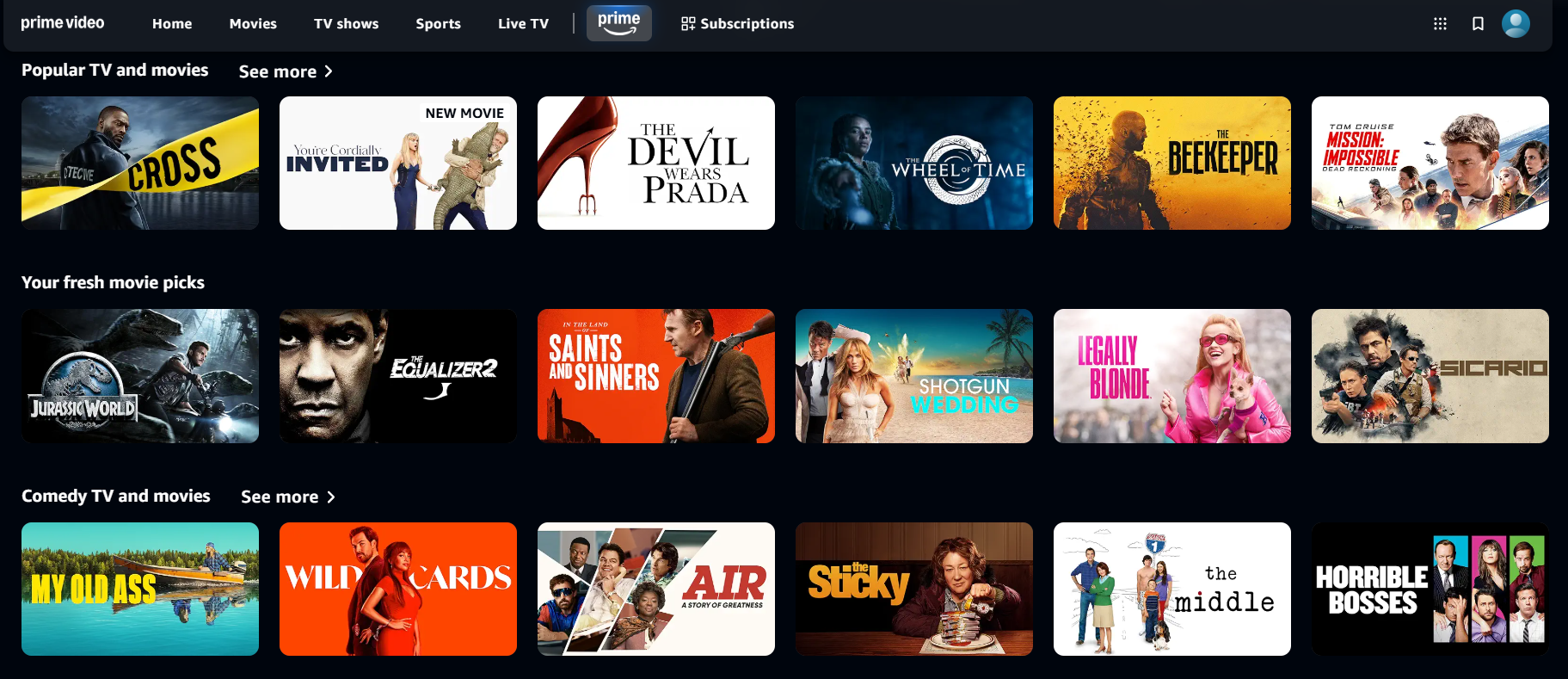Amazon Prime Video users recently experienced a change in their streaming experience: the introduction of advertisements. While many streaming services have adopted ad-supported tiers, Amazon’s approach involves adding commercials to the existing standard Prime Video tier and offering an ad-free option for an additional monthly fee. This shift has left many subscribers wondering how to navigate this new landscape.
How to Ditch the Ads
For viewers seeking an ad-free experience, upgrading their Amazon Prime account is the solution. The process is relatively straightforward:
- Visit the Amazon Prime Video website and click on your profile icon in the top-right corner.
- Select “Account & Settings.”
- Click the “Go Ad-Free” button.
- Confirm payment and billing information, then click “Start subscription.”
The Cost of Ad-Free Viewing
The ad-free version of Prime Video comes at a premium of $2.99 per month, on top of the regular Amazon Prime subscription. Amazon Prime, which includes Prime Video, costs $14.99 monthly or $139 annually. In addition to Prime Video, Amazon Prime provides various benefits, such as free shipping, Amazon Fresh grocery deliveries, Amazon Music, unlimited Amazon Photo storage, Prime Gaming, and Prime Reading.
Not Entirely Ad-Free
Even with the ad-free upgrade, some ads will remain. Live sporting events, such as Thursday Night Football, will still include commercial breaks. This is a common practice among streaming services that offer live sports content.
What You Gain and Lose
Subscribers who choose not to upgrade to the ad-free tier will not only encounter commercials but also lose access to Dolby Vision and Dolby Atmos. This means they will miss out on frame-by-frame HDR mapping and immersive 3D audio. However, all Prime Video subscribers, regardless of their tier, retain access to 4K and standard HDR10 streaming, as well as the ability to download videos for offline viewing.
A Shift in Strategy
Previously, Prime Video was largely ad-free, with a few exceptions. This recent change brings Amazon in line with other major streaming platforms like Max, Netflix, and Disney+, which have all introduced ad-supported tiers to boost revenue. Wall Street’s push for profitability in the streaming sector has driven this trend, making ad-supported options a common strategy. Interestingly, Apple TV+ remains the only major streaming service without an ad-supported tier, though many anticipate a similar move from Apple in the future.
Purchased and Rented Content Remains Ad-Free
One piece of good news for viewers: movies and TV shows purchased or rented on Prime Video will remain ad-free, even for those who opt not to upgrade to the ad-free Prime Video tier. This ensures that viewers who invest in owning or renting content will not be interrupted by commercials.
The Bottom Line
Amazon’s introduction of ads to Prime Video reflects the evolving landscape of the streaming industry. While some viewers may be disappointed by the change, the option to pay for an ad-free experience provides a choice. The decision ultimately rests with each subscriber, weighing the cost of the upgrade against the desire for uninterrupted viewing and enhanced audio and video quality.
Feeling lost in the digital world? Dr. Tom is here to help!
Join Dr. Tom every week in his column, Dr. Tom’s Cyber Bits and Tips, for byte-sized advice on all things cyber and tech. Whether you’re concerned about online safety, curious about the latest cybercrime trends, or simply want to navigate the ever-evolving digital landscape, Dr. Tom has you covered.
From practical cybersecurity tips to insightful breakdowns of current threats, Dr. Tom’s column empowers you to stay informed and protect yourself online. So, dive in and get savvy with the web – with Dr. Tom as your guide!
Sign up for our Sunday Spectator. Delivered to your inbox every Sunday, with all the news from the week.

















